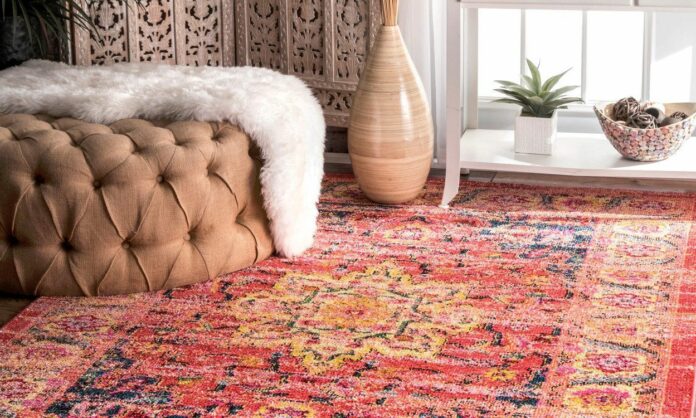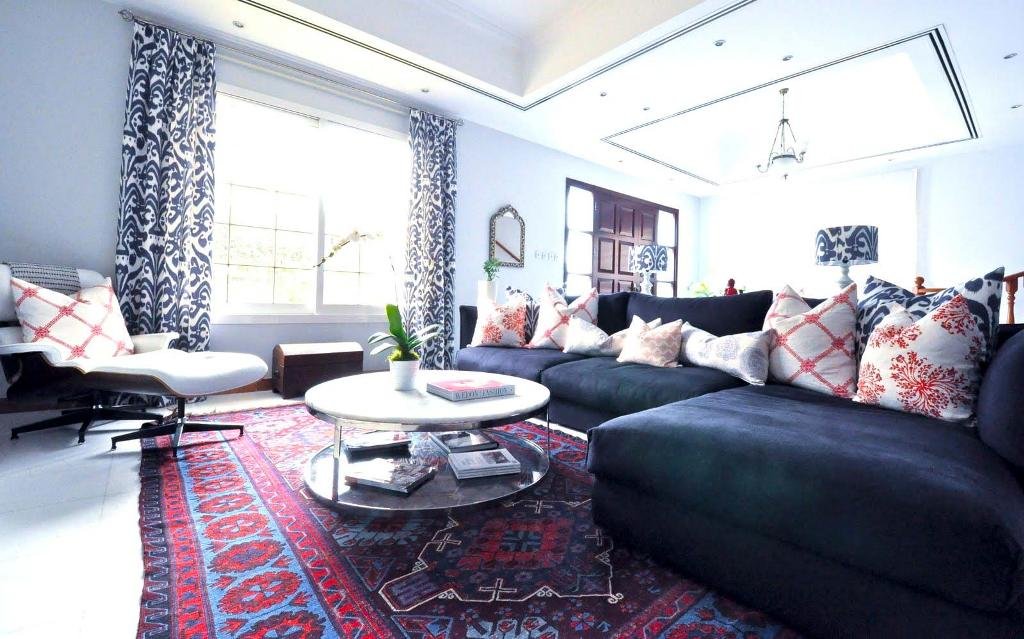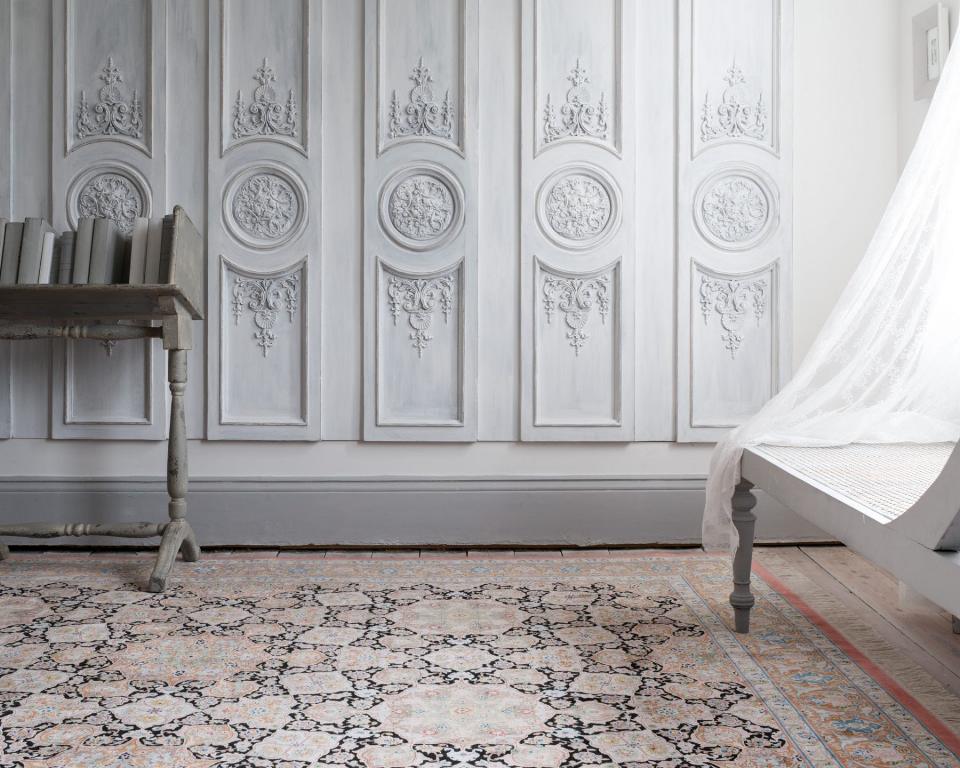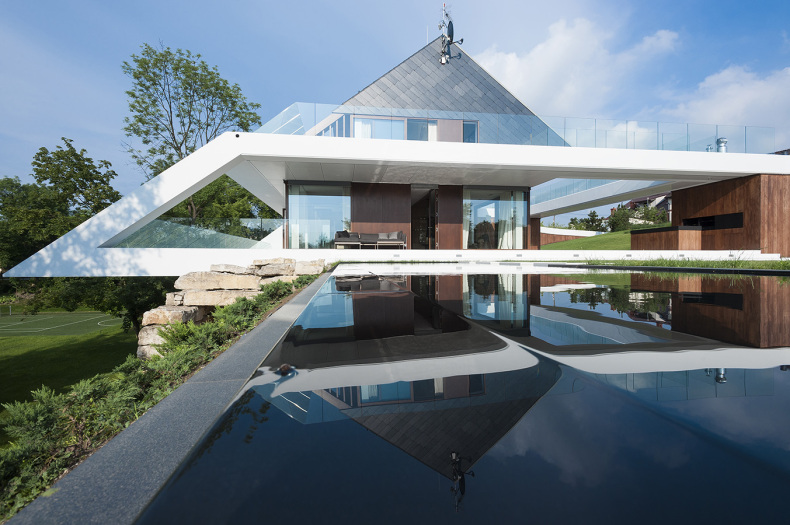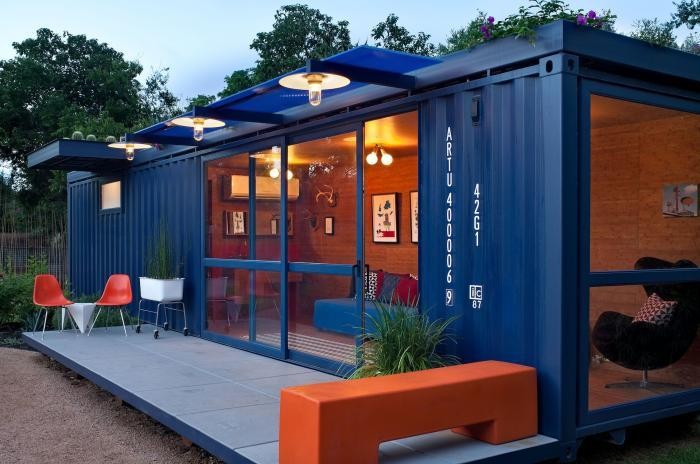Persian rugs aren’t just your run-of-the-mill, household décor item. They are steeped in a rich history that began over two and a half thousand years ago when rugs would be hand-woven to protect the feet of royalty and soldiers from the damp and cold. Even today, Persian rugs are still hand-woven and meticulously designed with the same passion and craft driven from their beginnings. In fact, Iran’s exports of hand-woven carpets accounts for over 30% of the global market. That’s how highly regarded this art form is.
The attention to detail and the expert craftsmanship makes these rugs a set above the rest, as it results in lasting quality, unique presentation and one-of-a-kind antique items. They appeal to expert collectors and amateurs alike due to their beauty, longevity and cultural relevance.
Not only are they a link to a craft that spans centuries but they also make for stunning centrepieces in hotel venues, homes, stately property and so on. They began as a craft for functionality and evolved into pieces of artwork that told stories through woven imagery and patterns depicting royalty, family, cities, and historical events. Persian rugs, therefore, are traditionally an investment piece, as their value (if cared for and maintained) can increase – particularly if hand-woven. Although, today, many modernised techniques have been utilised to continue the tradition of design in more affordable options too.
While the more mass-produced Persian style carpeting can still be enjoyed and presented for their beauty and design, it is the hand-woven, traditional Persian rugs that are standing the test of time. No two are alike, and the hand-weaving processes have been handed down from generation to generation, making every rug unique, and each one much more valuable than the more modern and potentially cheaper options. Some rugs take months and even years to complete, as each knot is meticulously hand-created and set.
In line with this, Persian rugs make use of all-natural materials: silks and vegetable dyes – again making them strikingly unique and very appealing in contrast with synthetic options. The materials used alongside the hand-woven processes are what makes Persian rugs incomparable when it comes to quality and longevity. Many mass-produced rugs are used with a mixture of synthetic materials which are usually much thinner and quicker to wear than the heavier materials used.. They are also rich with colour and stunning designs which likely derive from their city of origin – again, telling a cultural story of tradition, family and history – and act as pieces of art as much as they do a floor covering.
This is why Persian rugs are so valuable and highly sought-after. They stand the test of time, look incredibly beautiful, come from a tradition of hand-weaving, can take years to create and no two are identical. The definition of a collector’s piece, and an artistic perspective like no other.

